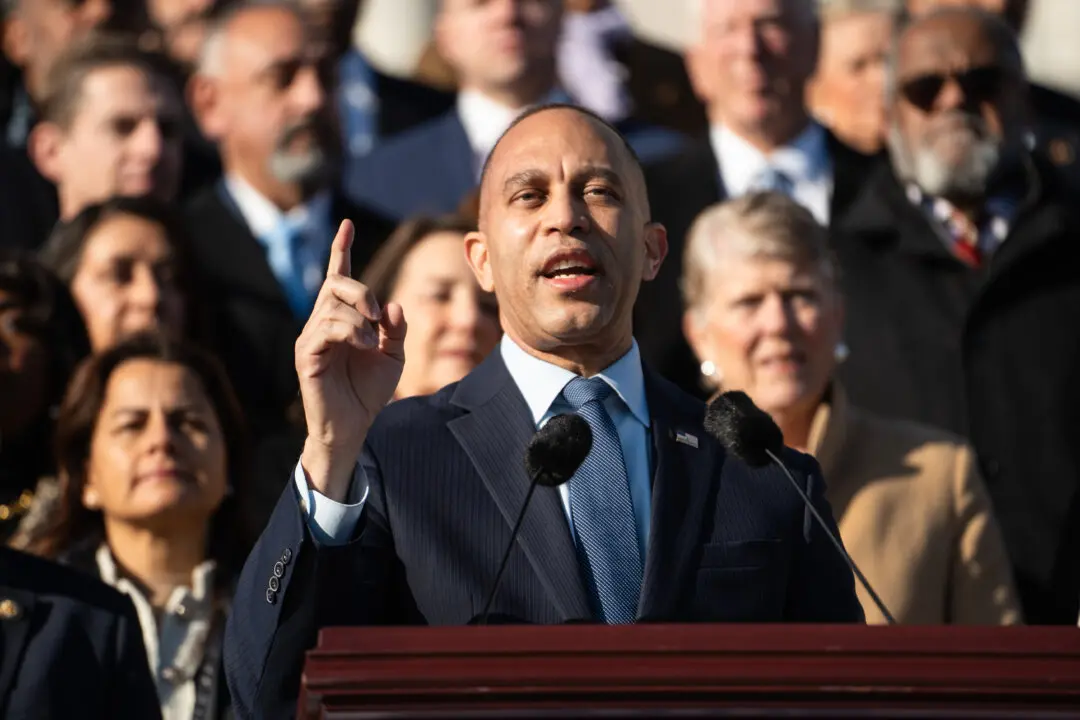In a historic decision, a judge for the U.S. District Court for the District of Columbia approved a settlement agreement that resolves longstanding litigation over the fees charged by the Public Access to Court Electronic Records (PACER) system, marking a significant victory for public access to federal courts.
The settlement, signed by District Judge Paul L. Friedman on March 20, will see over $100 million in fees returned to users, the culmination of a legal battle that has scrutinized the federal judiciary’s use of the proceeds from PACER fees.





